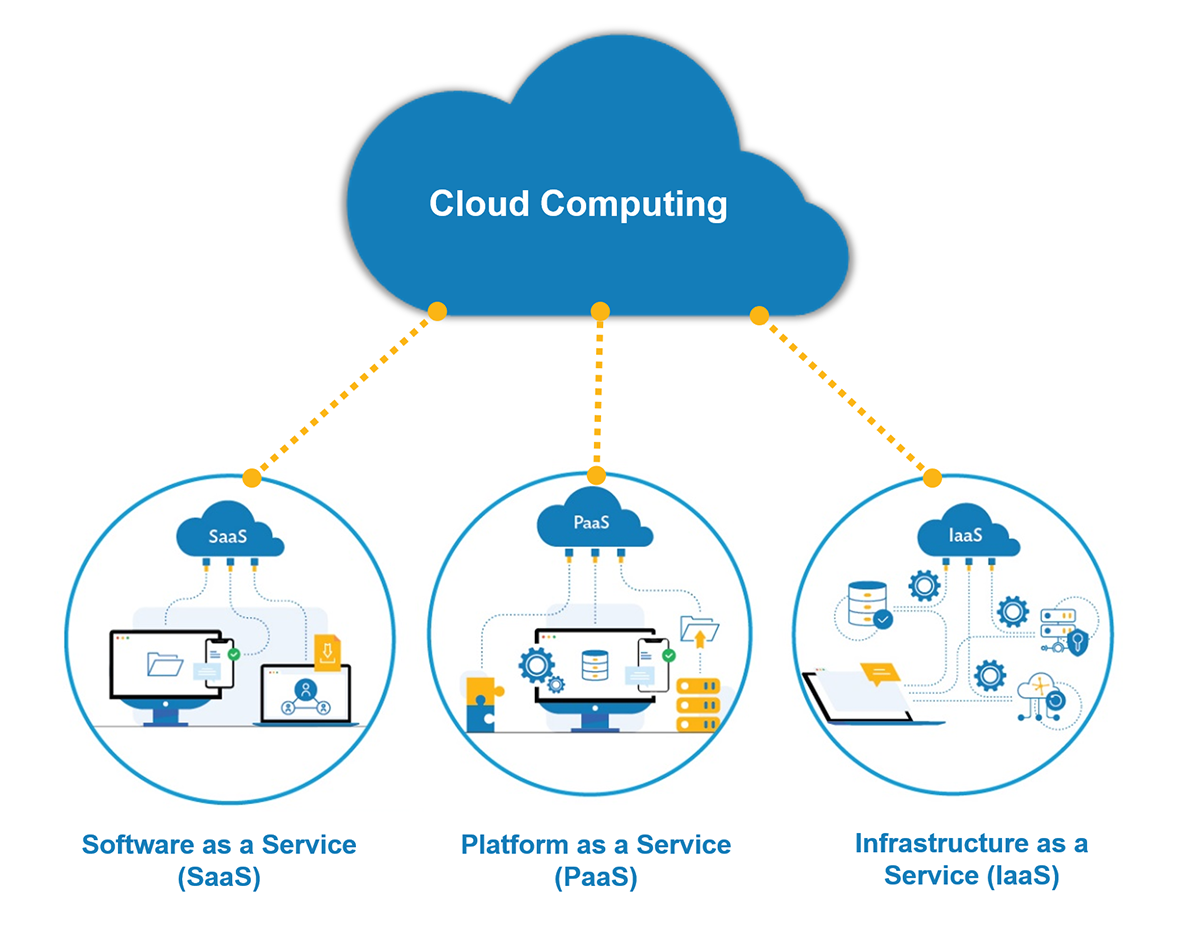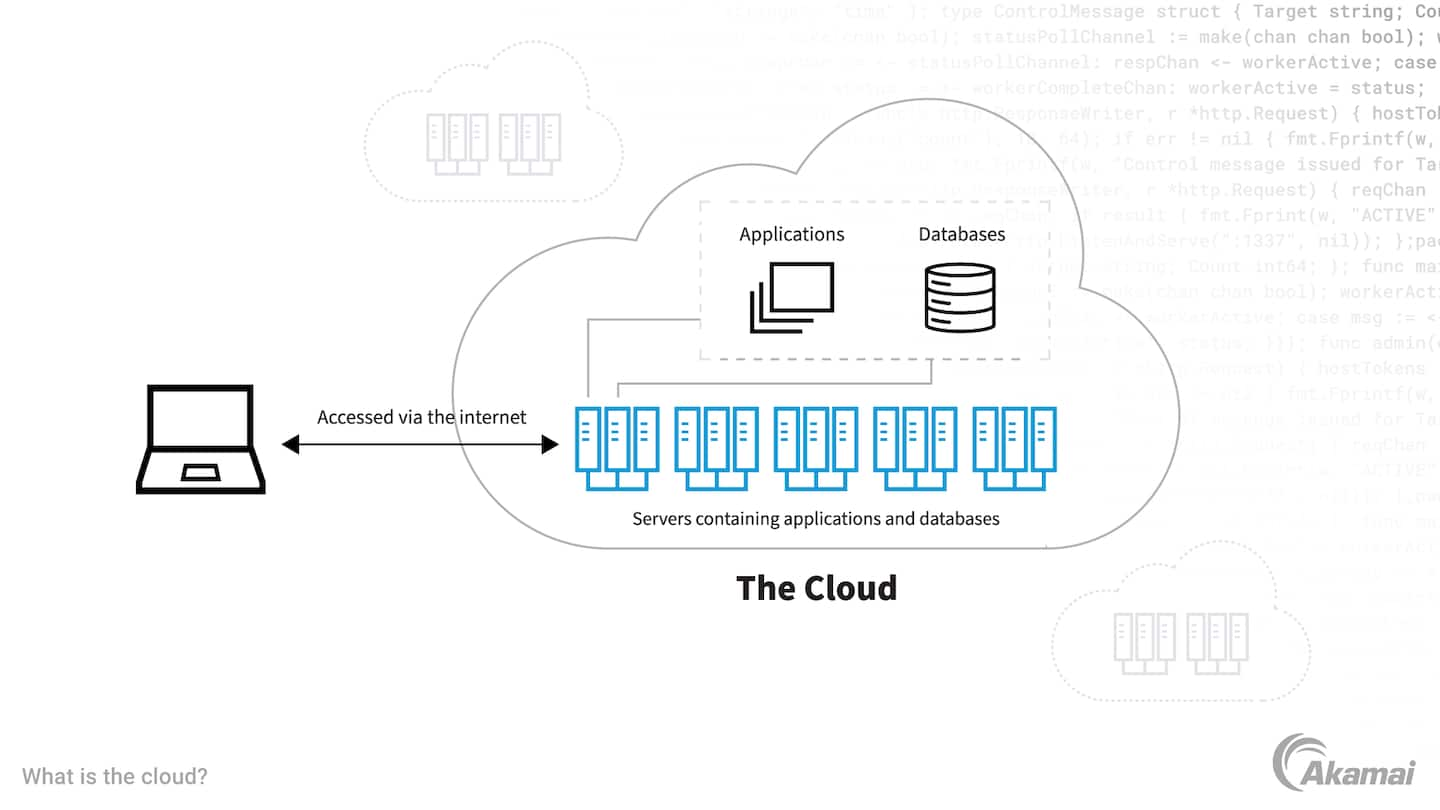LinkDaddy Cloud Services Press Release: Announcing New Characteristic and Enhancements
LinkDaddy Cloud Services Press Release: Announcing New Characteristic and Enhancements
Blog Article
Achieve Seamless Scalability With Cloud Provider
In the ever-evolving landscape of cloud solutions, achieving seamless scalability stands as a keystone for modern businesses looking for to remain versatile and affordable. The pursuit for seamless scalability with cloud services unveils a globe of opportunities for those prepared to accept the transformative power of vibrant resource administration.
Advantages of Cloud Scalability
Cloud scalability provides companies the adaptability to dynamically adjust sources based on demand, making certain optimum performance and cost effectiveness. One crucial benefit is the ability to scale resources up or down rapidly in feedback to fluctuating work. This dexterity makes it possible for organizations to satisfy altering consumer demands without over-provisioning sources, ultimately resulting in cost financial savings. Scalability also improves efficiency by making sure that systems can take care of increased web traffic or work without experiencing downtime or stagnations. By successfully allocating resources, organizations can maintain high levels of efficiency throughout peak times without unnecessary expenditures during quieter durations. Additionally, cloud scalability advertises technology and testing by enabling services to conveniently check originalities and scale them as required. This flexibility urges a culture of continuous renovation and adjustment, making it possible for organizations to stay affordable in a rapidly advancing market landscape. Inevitably, the benefits of cloud scalability extend past cost savings to encompass better efficiency, agility, and development.
Key Attributes for Scaling
Effective scaling in cloud solutions depends on vital functions that make it possible for companies to adjust resources dynamically based on need. Another essential attribute is scalability, enabling systems to deal with enhanced workload by including resources perfectly. In general, these vital functions collectively equip organizations to accomplish smooth scalability in cloud solutions.
Applying Auto-Scaling Approaches
To effectively maximize source allotment and adapt to differing work, organizations must strategically apply auto-scaling approaches in their cloud solutions facilities. Auto-scaling enables systems to automatically adjust the variety of calculate sources based on real-time demand. There are different auto-scaling strategies that organizations can use, such as predictive scaling, which utilizes historical data to anticipate future source requirements, and responsive scaling, which replies to existing workload adjustments.

Best Practices for Scalability
For companies intending to improve their scalability in cloud services, carrying out best techniques is crucial for helpful resources optimal efficiency and source management. One secret finest method is making applications with a microservices design. This method breaks down applications right into smaller, independent services that can be released, updated, and scaled independently, enabling greater adaptability and scalability.
One more important method is utilizing containerization technology, such as Docker or Kubernetes. Containers make it possible for the packaging of applications and their reliances into separated units, making it easier to scale parts separately and release them regularly throughout various environments.
In addition, carrying out automated implementation and facilities as code (IaC) can simplify scalability efforts (linkdaddy cloud services). Automation tools like Terraform or Ansible assistance in provisioning and managing sources efficiently, decreasing manual mistakes and allowing fast scalability
Additionally, monitoring performance metrics, establishing informs, and carrying out routine capability planning are vital methods to guarantee aggressive scalability monitoring. By sticking to these best methods, companies can attain seamless scalability in their cloud services while enhancing efficiency and source usage.
Surveillance Performance Metrics
When evaluating the performance of cloud services scalability, carefully keeping track of performance metrics is critical for making certain ideal capability and source appropriation. By continually tracking vital efficiency signs (KPIs) such as action times, source, latency, and throughput usage, organizations can acquire important insights right into the health and wellness and efficiency of their cloud infrastructure. Keeping track of performance metrics allows for the early detection of prospective bottlenecks or issues you could try here that could influence scalability, enabling proactive steps to be required to address them before they rise.

Final Thought
To conclude, accomplishing smooth scalability with cloud services is crucial for organizations to maximize performance, enhance innovation, and keep high efficiency continue reading this degrees throughout peak times. By leveraging the advantages of cloud scalability, implementing auto-scaling methods, using essential attributes such as flexibility and automation, and complying with finest practices like application design and efficiency surveillance, organizations can successfully scale their systems while optimizing source utilization and performance.
The pursuit for smooth scalability with cloud solutions reveals a world of possibilities for those prepared to embrace the transformative power of dynamic source monitoring.
Cloud scalability provides organizations the flexibility to dynamically adjust resources based on demand, making sure optimum performance and cost effectiveness. Another key function is scalability, allowing systems to handle boosted workload by adding sources effortlessly.For organizations aiming to boost their scalability in cloud services, applying best techniques is vital for ideal efficiency and source administration.When examining the effectiveness of cloud solutions scalability, carefully keeping an eye on performance metrics is essential for guaranteeing optimum performance and source allotment.
Report this page